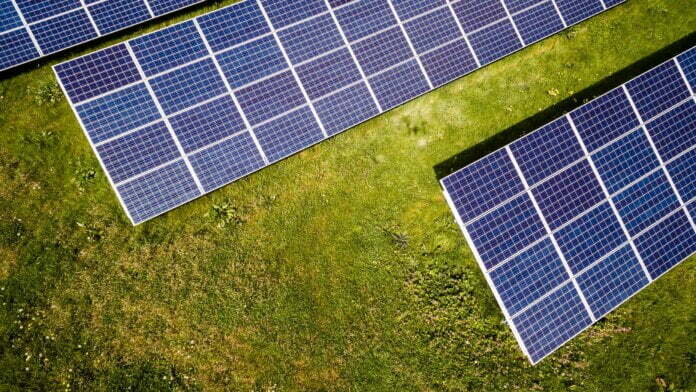Canadian Solar’s TOPBiHiKu6
N-Type TOPCon Bifacial Module
Canadian Solar Inc.’s majority-owned subsidiary, CSI Solar Co. Ltd., is starting mass production of high-efficiency N-type TOPCon (Tunnel Oxide Passivated Contact) solar modules in the first quarter of 2023.
Canadian Solar’s TOPCon modules have a power output of up to 690 W, and a cell conversion efficiency of around 25%, which is 1.5% higher than the average cell efficiency of the mainstream products in the market. Canadian Solar’s TOPCon modules will increase energy yield of PV systems and deliver one of the most competitive BOS (balance of system) cost savings and LCOEs (levelized cost of electricity) for solar power plants, compared to PERC modules.
Canadian Solar will provide a diversified portfolio of the TOPCon products to meet the needs for utility-scale, commercial and residential markets. The TOPCon portfolio includes the 182 mm cell-based bifacial TOPBiHiKu6 (555 W-570 W) and monofacial TOPHiKu6 (420 W-575 W) modules, and the 210 mm cell-based bifacial TOPBiHiKu7 (615 W-690 W) modules. Canadian Solar will deliver the 182 mm cell-based TOPCon modules in the first quarter of 2023 and will start mass production of the 210 mm cell-based TOPCon modules in the second quarter of 2023. TOPCon module shipments are expected to account for around 30% of the company’s 2023 total module shipments.
The temperature coefficient of Canadian Solar’s TOPCon modules is as low as -0.30%/℃. There is no Boron-oxygen related LID (Light Induced Degradation), and therefore, the TOPCon modules will have less power degradation. The power degradation of the TOPCon modules was only 1% after 2,000 hours of damp and heat (DH2000) test, compared to 1.9% degradation of PERC modules under similar test.
The bifaciality of TOPCon bifacial modules can reach up to 85%, with a significant power gain of around 2% compared to PERC bifacial modules under the similar field conditions. There is also a 30-year limited performance warranty for monofacial TOPCon modules.
“We are pleased to start delivering our cutting-edge N-type TOPCon modules early next year,” says Dr. Shawn Qu, chairman and CEO of Canadian Solar. “The TOPCon modules will become one of our featured products with higher energy yield, lower LCOE and longer performance warranty, compared to the mainstream products in the market. The TOPCon modules will solidify our competitiveness in terms of technology leadership and pricing power. We are committed to delivering more high efficiency and quality products to our customers, while contributing to combating climate change globally.”
Continue reading










